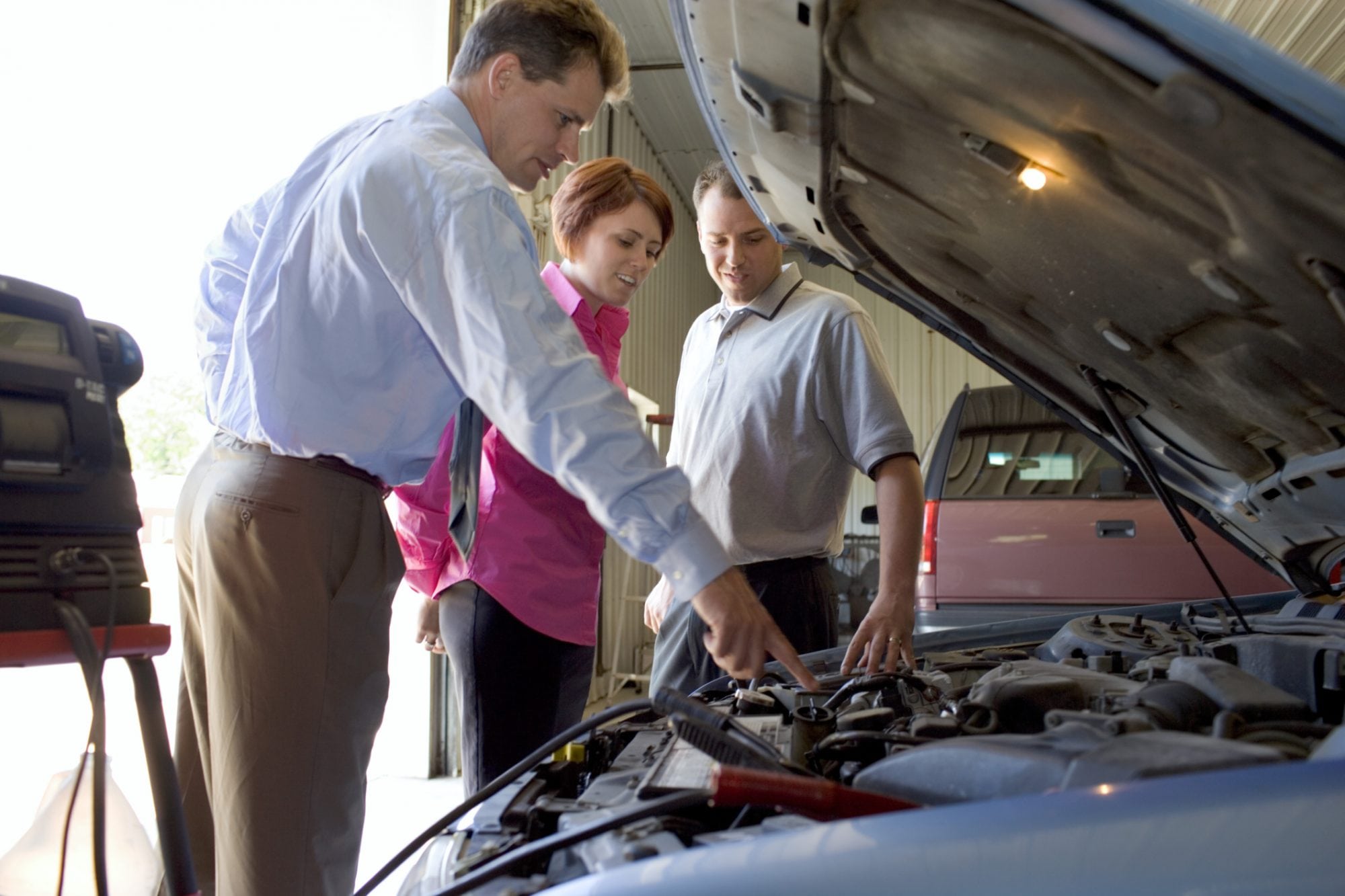No car is complete without a stereo system. It is difficult to imagine going on a long drive or even a short drive to work without turning on the radio to pep up your mood. Call it a first world problem, but I personally can’t fathom driving a car for more than five minutes without music. There’s no doubt that the stereo system of a car is really important. This makes looking for a replacement, whatever the reason, quite difficult. But it doesn’t have to be. All you have to do is look out for these eight aspects.
1. Type of Speaker
The first thing you need to do is pick whether you’re looking for component speakers or full range ones. The difference between the two lies in sound quality, cost and ease of installation. Most people choose to go with full range because of the low pricing, the easy installation and the wide range of sounds they can produce.
2. Sound Quality
This is an important aspect that everyone looks for when buying audio systems. This is usually determined by looking at the frequency range of the system. A wider frequency range means that the tone and bass of the sound are heard clearly, giving the sound a more authentic feel.
3. Speaker Sensitivity
This refers to how the speaker converts power into decibels. Most people choose to go for high sensitivity range speakers for the low powered audio systems that are usually seen in cars.
4. Power Handling
Any system has a limit to the power it can handle, and the same applies to music systems. The power handling capacity of a system refers to the amount of power it can take on without having the coils melt from too much heat.
5. 2-Way or 3-Way
A 2-way speaker consists of a woofer and twitter while a 3-way speaker has an added mid-range component. 3-way speakers usually have a wider frequency range, leading to better sound.
6. Build Materials
Unlikely as it may seem, it is important to know what exactly the different parts of your speaker are made out of. Different materials have different ways of carrying sound waves, and each material makes an impact on how your music sounds while you play it. Ideally, the twitter is made of soft material like silk or a synthetic soft fiber, the woofer is made of lightweight material like polypropylene and the speaker surround is made of a material that is capable of withstanding heat and humidity.
7. Configuration and Compatibility
This goes without saying, but your audio system needs to match the kind of car you’re driving. You can’t put a low-quality speaker in a top-notch car. You can’t put in a system that doesn’t fit in your car either. Your stereo needs to fit the specifications of your car. Since these are usually mentioned on the units, it is easy to write them down and show them to the speaker dealer when you’re out to get a new one. This will help the dealer know exactly what you’re looking for. It’s likely that your car supports speakers that are compatible with Bluetooth devices. Check out reviews of some of the best ones on iThingum.
8. Cost
Last but not least, you have to be able to afford a new system with all the specifications you want out of it. This will need a considerable amount of research because there are so many companies out there that produce audio systems of various types, and they all price their products differently. If you look diligently, you’re bound to find your perfect match.
Make sure you visit a legitimate dealer so you can avoid getting swindled. Speakers might be a tad expensive, but in the long run, the right speaker can be a good investment, and trying to skimp now could cause unnecessary expenses later. Shopping for a stereo doesn’t have to be a hassle as long as you’re willing to pay a little extra today.







